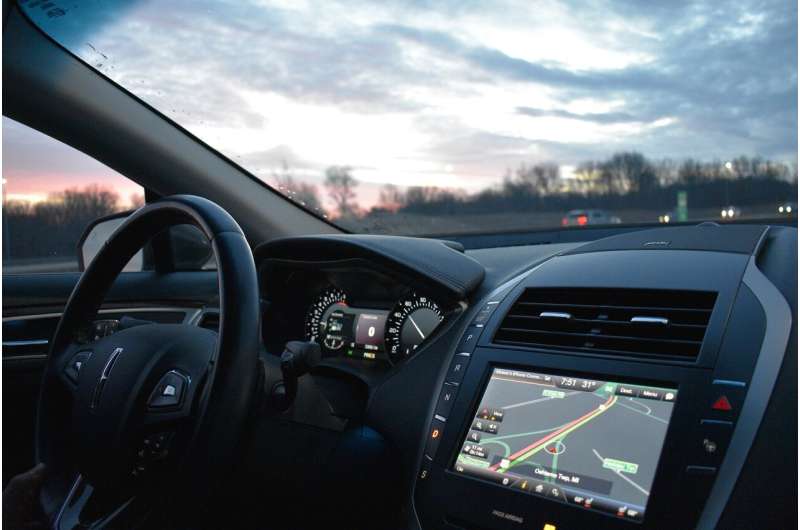A recent study published in JAMA Health Forum sheds light on the interactions of older adults with healthcare providers through digital patient portals. These portals, which allow for secure messaging between patients and their doctors, have become increasingly popular among individuals aged 50 and older. However, the financial implications of using these services raise critical questions about equity in healthcare access.
Shift Towards Digital Communication
As technology evolves, older adults are embracing new forms of communication with their healthcare providers. In the past, contacting a doctor's office was often limited to phone calls or in-person visits. The current research indicates a significant shift, with 76% of individuals in this age bracket having at least one patient portal account. The implications of this transition are profound, as indicated by the following statistics:
- 65% of older adults have sent a medical message via the portal in the last year.
- Among veterans or military beneficiaries, this percentage rises to 75%.
- 13% of users report having incurred a co-pay or other charges for sending messages.
Billing Practices Associated with Digital Interactions
The rising utilization of patient portals has led to the emergence of billing practices that some users may not fully understand. Most insurance plans allow healthcare providers to bill for digital messaging if the provider's response involves significant medical decision-making time, often defined as five minutes or more.
The study reveals noteworthy disparities in billing practices based on different insurance types:
| Insurance Type | Percentage Billed for Portal Messages |
|---|---|
| Private Insurance | 17% |
| Medicaid | 16% |
| Medicare Advantage | 11.3% |
| Traditional Medicare with Supplemental Coverage | 9.7% |
| Traditional Medicare without Supplemental Coverage | 5.1% |
| VA and Military Coverage | 3.3% |
These statistics raise important questions about how financial barriers may potentially prevent vulnerable populations, particularly low-income individuals relying on Medicaid, from engaging with digital healthcare resources.
The Role of Policymakers
Dr. Terrence Liu, the lead author of the study, highlights the need for policy adjustments to ensure that out-of-pocket costs do not hinder access to potentially beneficial technology. He notes:
“Even though we don't know the exact dollar value of the charges these older adults paid, our findings raise questions about making sure out-of-pocket costs are not keeping vulnerable populations from using a potentially helpful technology.”
Connections to Broader Trends in Telehealth
The findings from this study are consistent with other recent research that explores telehealth's growth among older adults. A related study found that individuals with higher incomes were significantly more likely to use digital health technologies compared to those with lower incomes. This trend emphasizes the growing digital divide that exists among patients of varying financial backgrounds.
Table: Usage of Digital Health Technologies by Income Level
| Income Level | Likelihood of Using Digital Health Technologies |
|---|---|
| Over $60,000 | Twice as likely |
| Under $30,000 | Less frequent usage |
Recommendations for Future Policies
To decrease the financial burden associated with using patient portals, experts recommend several strategies, including:
- Establishing state-level price transparency policies to inform patients of potential costs beforehand.
- Adopting standardized co-pay structures for Medicaid recipients to ensure affordability.
- Ensuring that billing practices align with the value patients receive from these digital interactions.
Conclusion
As the trend of using patient portals continues to grow among older adults, it is crucial for policymakers to consider the economic implications of these technologies. With the potential to enhance patient-physician communication significantly, ensuring equitable access is essential for fostering a more inclusive and efficient healthcare system.
References
Many older adults send their doctors portal messages, but who pays? (2025, April 4) retrieved April 4, 2025.
James, C. A., Liu, T., et al. Use of Patient Portal Messaging and Self-Reported Copays Among US Adults 50 Years or Older. JAMA Health Forum, 2025.
James, C.A. et al. Use of Digital Health Technologies by Older US Adults. JAMA Network Open, 2025.













Discussion